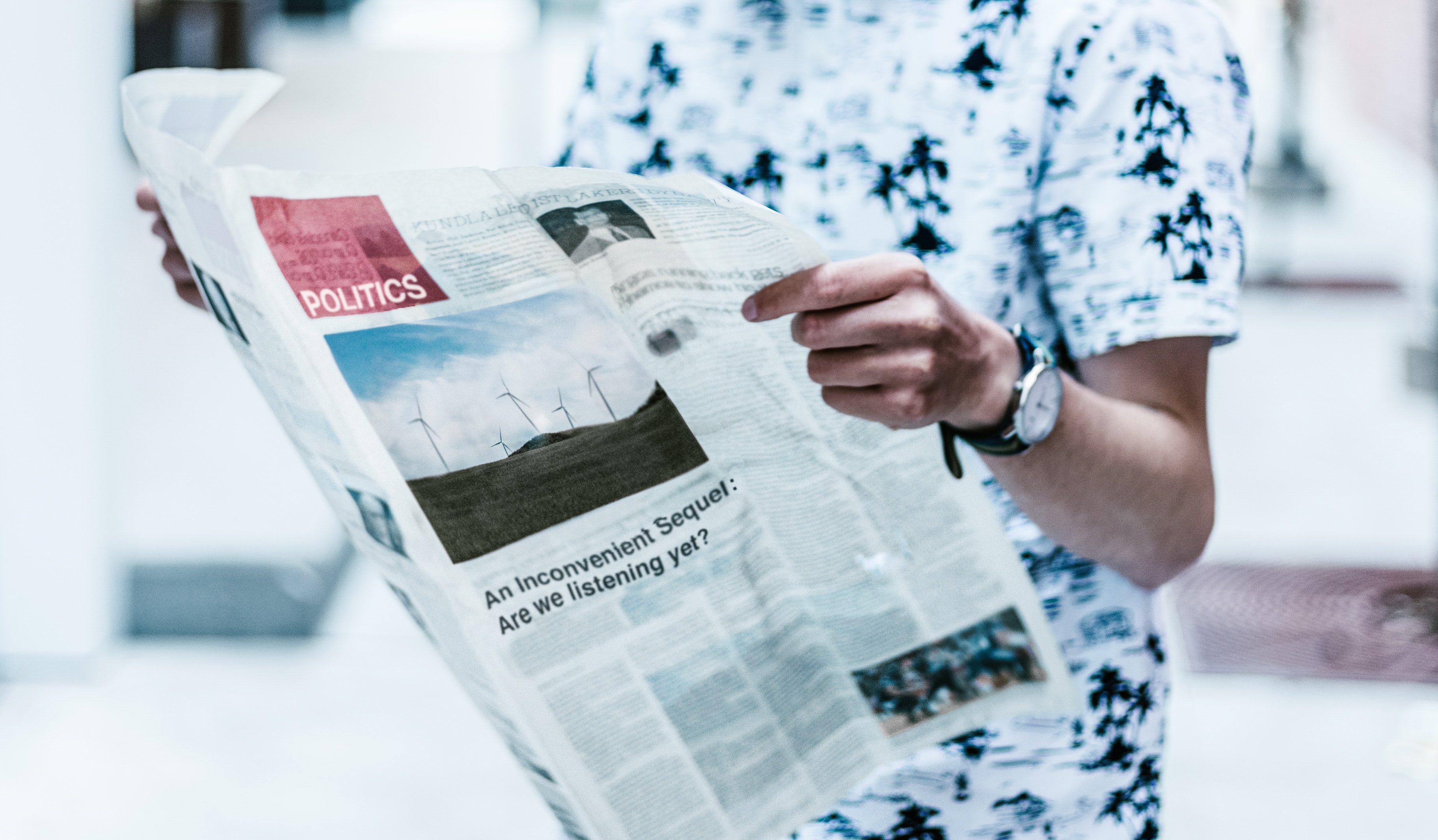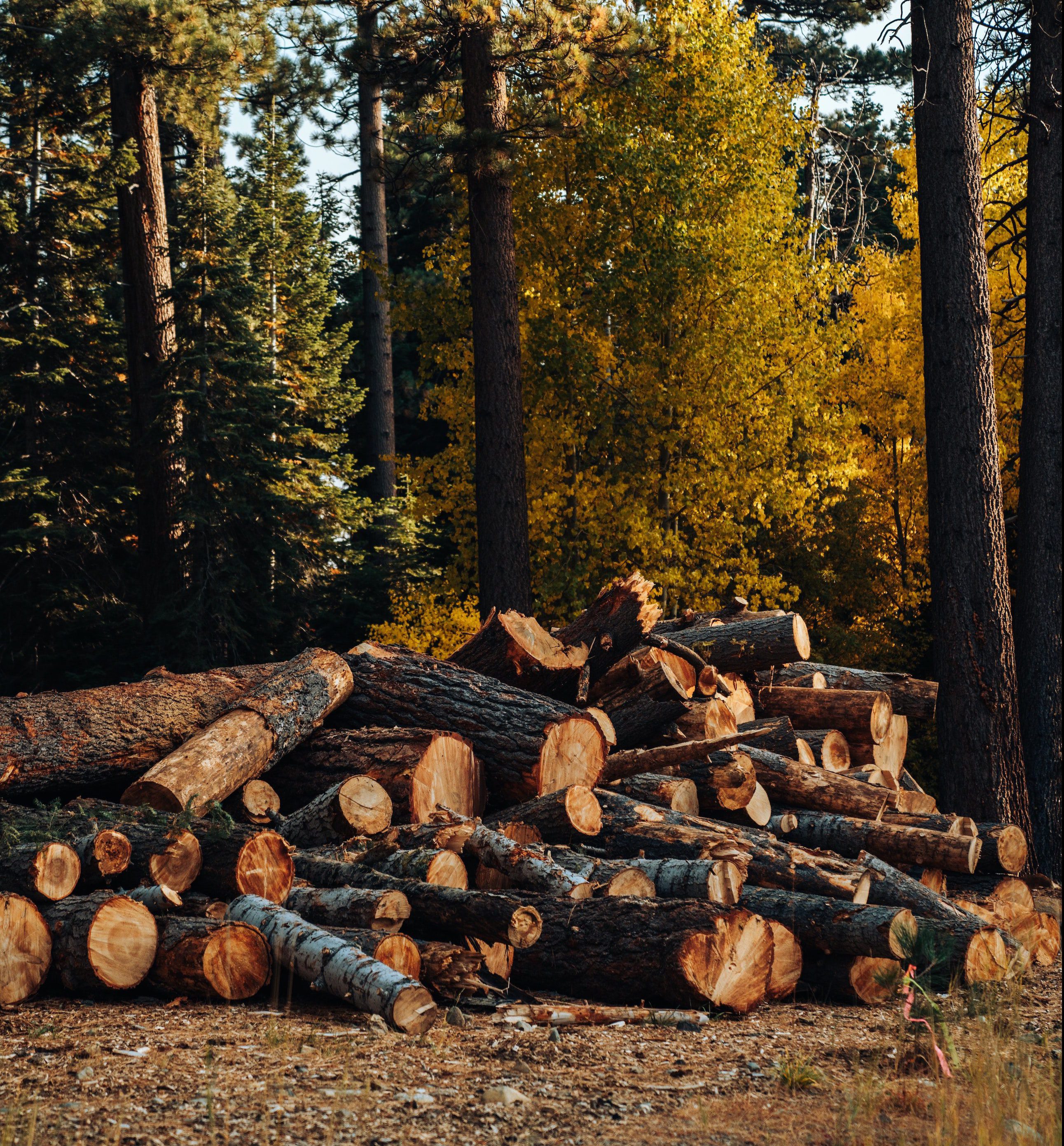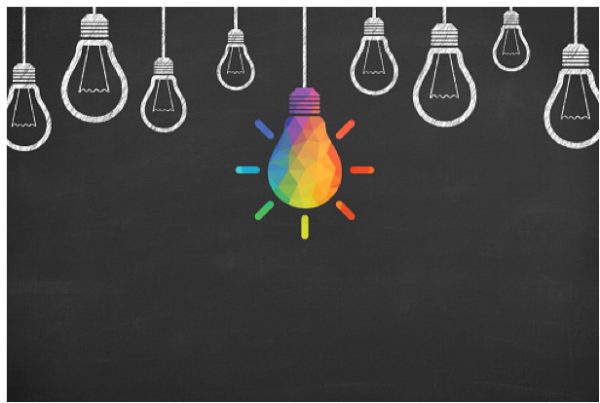As we have been made increasingly more aware by the voice of the climate change advocates in social media, we cannot continue doing “business as usual”. To fight for a more sustainable future, a shift in the behavior and mindset of businesses must take place.
So what kind of business should we be doing then?
Many solutions have been proposed, some extreme, while others with some flexibility. For instance, some say we need to “uninstall” capitalism. Others, argue, that capitalism is not the problem itself, but the implementation of it. So, how should we “use” capitalism?
One interesting theory has appeared in pop culture somewhere around the 1990s and is slowly gaining the attention of economists: The Resource Based Economy. The term was coined by a social engineer, architect, and designer named Jacque Fresco. Called “The Venus Project“, his futuristic social transformation model attempts to solve humanity’s greatest problems, such as resource depletion, global warming, and social inequalities.
Jacque Fresco died more than 100 years ago. Unfortunately, he didn’t get to see his visionary ideas implemented into real-world solutions.
But what is a Resource Based Economy?
Resource Based Economy: Explained
As its name suggests, the Resource Based Economy is an economic model based on the efficient management of resources.
But aren’t we already managing our resources, you may ask.
Well, yes and no. Yes, we have a branch in science called Environmental Resources Management, which does exactly what it says it does.
However, the model proposed by Fresco completely reorganizes the entire economy of a country around the availability of its resources, and limits the extraction, use, and manipulation of those resources. As such, we no longer start from a position of total creative control over our products and services. Instead, we start from a position of resource availability.
Take a table for example. Unless you’re living in extreme poverty, you probably have a table in your house. It is a necessary good. When you decide to buy a table, you think about its utility, design, durability, price, and any other reason you may have. You go online or visit a furniture store and pick one that you like. Either you or the producer has complete freedom regarding what materials to use for the table, as long as there is someone ready to pay the price.
Rule #1: Use resources that are only available.
In the Resource Based Society, you only have access to the materials that are the most efficient from the point of view of resource management. Of course, it’s not a complete limitation of your creativity, as you can still have infinite possibilities of designing the table to fit your taste. But, you cannot have the luxury to use the trunk of the oldest tree, or very expensive marble from some obscure place on Earth, for example.
In a sense, this model doesn’t allow greed to take over our decisions and only sees manufacturing, production, and design from a utilitarian point of view.
Now with more than seven billion people on the planet, surely, there are more tables than that in the world. But resources are distributed in different ways, places, and in various amounts. So, the model proposes cooperation between nations to create a centralized system where all of the world’s resources are monitored and shared in a way that optimizes the use of those materials. It provides equal opportunities for survival and prosperity, while protecting our natural resources and environment at the same time.
Because of the scarcity of some materials, there will definitely be cases where access to a certain type of material is limited. And so arises the question: who gets the materials in short supply and who doesn’t? But more importantly, who decides where these materials go? The model proposes that this is where most of the innovation and human creativity will have to be centered on.
To recap, manufacturers, in a resource based society, can only supply products based on the availability of the materials.
Rule #2: Use only the resources that are needed.
But how should the consumers do their part? Just as the producers are limited by availability of supply, the consumers are also limited by something else: their needs.
Instead of having complete freedom of choosing any product they want or any material available to them, consumers also have to limit themselves in a number of ways:
1. Minimize consumption by only creating demand for the basic necessities so as to not overload the system;
2. Plan ahead: if they want a table, they request one to be made for them and then await for their table to be made based on the available resources and needs;
3. Cooperate for a smoother exchange.
While the economic model looks very promising, it comes with about a million questions:
• Will it really work?
• What happens with the owners of the land from which the resources are extracted?
• How will people’s behavior affect this model?
• Who will be responsible for the management of the centralized system?
• In case of scarcity of resources, on what basis will we prioritize who gets access to them?
• Will it really create equality and equity?
• Will it shorten the gap between the rich and poor?
• How will price be decided?
• Is this really going to solve all of our social and environmental problems?
• How will our well-being be affected?
But the most important question of all may actually be: will various stakeholders ever cooperate for the greater good?
I am excited to see how these questions will be answered and what corporate value creation will look like in the next few decades.
Photos by Priscilla Du Preez, Meritt Thomas, and Lucrezia Carnelos on Unsplash.













